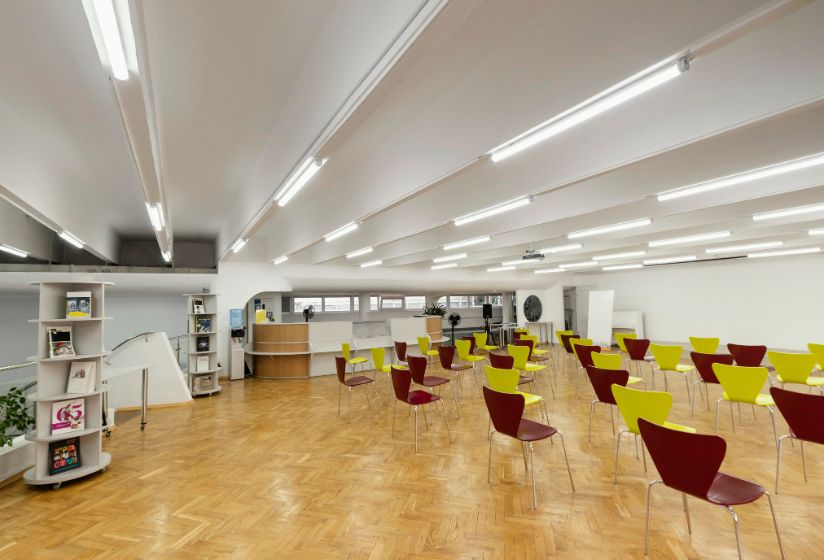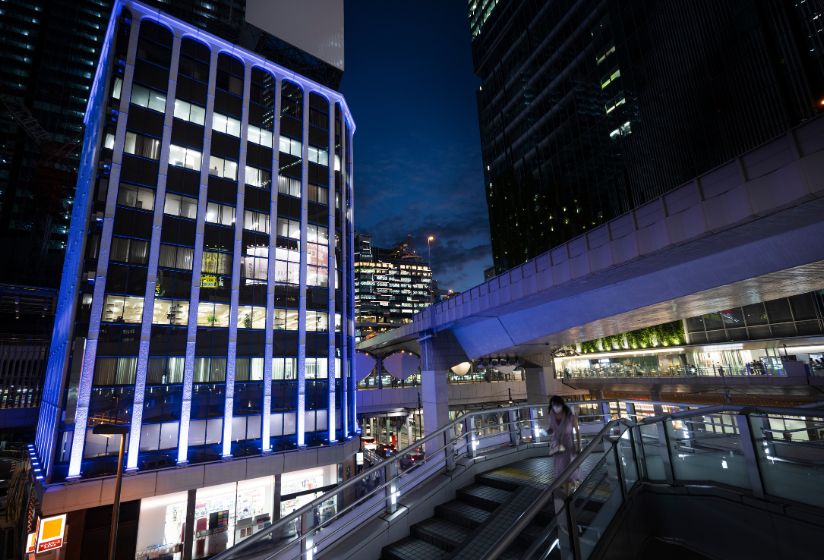What is LED Color Shift, What Causes It, and How Does It Impact Your Lighting Setup?

Understanding LED Color Shift
Definition
The Science Behind LED Color Shift
Causes of LED Color Shift
Temperature Fluctuations
Electrical Stress and Voltage Variations
Fluctuations in voltage can stress LED components and cause nonuniform wear and tear, resulting in changes in light output. Unregulated power supplies or incompatible dimming systems can accelerate this degradation.
Aging and Material Degradation
UV and Environmental Exposure
Manufacturing Variations
We specialize in delivering tailored electrical services to meet the unique needs of your business. From installations and energy-efficient upgrades to round-the-clock emergency repairs, our team ensures your operations stay uninterrupted.
How LED Color Shift Affects Your Lighting Setup
Changes in Lighting Quality
Impact on Ambiance and Mood
Color Accuracy Issues in Critical Environments
Reduction in Energy Efficiency
Increased Maintenance and Replacement Costs
Impact on Brand Image and Customer Perception
Why Choose All Reach Lighting for Your LED Lighting Systems?
As experienced lighting and electrical contractors, we provide LED solutions that ensure long-term, energy-efficient, and visually consistent lighting. LED color shift can significantly impact atmosphere, visibility, and overall lighting performance. We offer expert advice, high-quality LED installations, and options for fast and affordable, sustained lighting system brightness, making us the ideal choice for your LED lighting needs.
High-Quality LED Installations
Customized Lighting Solutions for Every Environment
Reliable Maintenance and Support
Conclusion
LED color shift is a crucial factor in selecting and maintaining your lighting system. Gradual color shifting occurs due to multiple factors such as heat, voltage changes, and degradation of materials, affecting the quality and efficiency of lighting. Whenever color shifts affect the quality and consistency of lighting used in an environment, businesses can mitigate the results through the selection of better quality LED products and quality installation, with All Reach Lighting.
Frequently Asked Questions
What is LED color shift, and why does it happen?
LED color shift is the gradual change of the color of the light over time due to heat, voltage fluctuations, material degradation, and environmental exposure.
How can I prevent LED color shift?
To prevent LED color shift, use high-quality LEDs, ensure proper heat dissipation, use stable power sources, and select fixtures with protective coatings.
Does LED color shift affect all LEDs?
All LEDs degrade over time, but high-quality LEDs with proper thermal management and high-quality phosphor coatings tend not to shift out of the 3000k range.
Can LED color shift be corrected?
In certain situations, modifying power settings, enhancing ventilation, or upgrading old LEDs can assist in reducing color shift. If the shift is severe, replacing affected fixtures is the best solution in most cases.
How does LED color shift impact businesses?
With businesses relying upon consistent lighting like retail stores and offices, LED color shift may create an unprofessional appearance, affecting branding and leading to increased upkeep costs over time.


